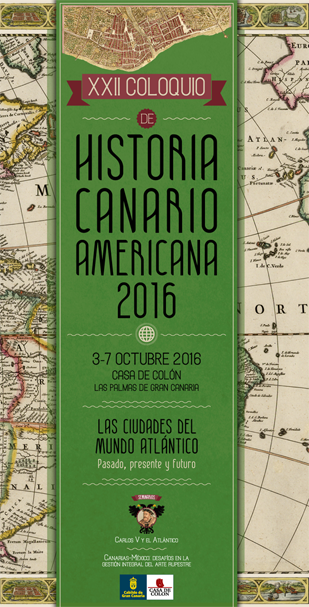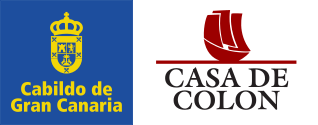Cementerio, templo inglés y convivencia en una ciudad portuaria: Puerto de la Cruz. Siglos XVIII-XX / Cemetery and English temple and coexistence in a port city: Puerto de la Cruz. XVIII-XX
Resumen
La presencia inglesa en las Islas se remonta al mismo momento de su conquista. Las buenas relaciones entre Inglaterra y Castilla animan a las dos naciones a la firma del Tratado de Medina del Campo, en 1489, donde se daba a los ingleses el derecho de comerciar en todos los dominios españoles, incluida América y las Canarias. Barcos ingleses fueron fletados desde Andalucía, donde había ya una colonia inglesa e irlandesa. No obstante, los súbditos ingleses tenían una concepción religiosa diferente a la católica: el anglicanismo, producto de la forma particular del protestantismo en Inglaterra. Por lo que hubo ciertos problemas. Uno, el protagonizado por la Inquisición española; otro por el fallecimiento y posterior sepultura en tierra de la Corona castellana, el derecho a la propiedad del camposanto, entre otros.
The British presence the islands dates back from the same time as the conquest Canary Islands. Good relations between England and Castile encouraged the two countries to sign the Treaty of Medina del Campo, in 1489, where the British was given the right to trade in all Spanish dominions, including America and the Canary Islands. English ships were chartered from Andalusia, where there was a notable British and Irish colony. However, English people had a different religious conception to the Catholics. Anglicanism was more a product of the particular form of Protestantism in England. So, there were some problems. One, the Spanish Inquisition; another one, concerned the deaths and subsequent burial of English nationalities in the territories of the property of the Spanish Crown, and another one being with the English having a legal right to cemetery property.




